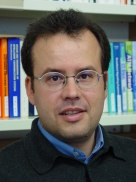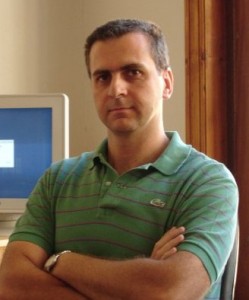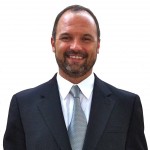Für eine stabile und sichere Stromversorgung müssen sich Einspeisung und Verbrauch im elektrischen Stromnetz, das heute noch über keine nennenswerten Speicherkapazitäten verfügt, stets im Gleichgewicht befinden. Die zunehmende Einspeisung durch regenerative Energiequellen ist aber nur schwer zu prognostizieren und in der Regel nicht planbar. Um den Ausgleich zwischen Verbrauch und fehlender Erzeugung aus Erneuerbaren herzustellen, muss daher vermehrt auf die am Netz vorhandenen konventionellen Kraftwerke zurückgegriffen werden, da nur sie in ihrer Einspeiseleistung beeinflussbar sind und damit netzstabilisierend eingesetzt werden können.
Parallel dazu müssen regionale Energieüberschüsse entgegen der üblichen Flussrichtung vom Erzeuger in Regionen mit einem Defizit an Erneuerbaren gebracht werden. Auf dem Weg dorthin müssen die Netze ausreichend dimensioniert sein. Auch hierbei spielen konventionelle Kraftwerke eine wichtige Rolle, um die Frequenz im Verbundnetz auch bei Versorgung durch dezentrale Energieerzeuger in jeder Sekunde aufrechtzuerhalten. Um dieser wachsenden Unsicherheit im Betrieb elektrischer, regenerativ geprägter Versorgungsnetze zu begegnen, wird versucht, einen Teil der elektrischen Geräte und Anlagen auf Kundenseite zu flexibilisieren und zur Unterstützung bei der Einhaltung des Gleichgewichtes zwischen Verbrauch und Erzeugung zu beeinflussen, um bspw. bevorzugt dann Strom zu konsumieren, wenn z.B. der Wind gerade heftiger weht.
Derartige intelligente Stromnetze, sog. „Smart Grids“, die das Flexibilisierungspotenzial dezentraler Verbraucher und Erzeuger für einen Ausgleich des Versorgungsgleichgewichts nutzen, müssen jedoch die Belastbarkeitsgrenzen der Netzinfrastruktur jederzeit mit berücksichtigen. Mit zunehmender Anzahl steuerbarer Anlagen, die zu diesem Zweck geregelt werden sollen, erhöht sich die Komplexität der zugrunde liegenden und bislang zentral organisierten Koordinationsaufgabe überproportional. Aus diesem Grund verfolgen zukünftige Smart Grid Konzepte dezentrale Lösungsansätze, die das komplexe Ausgleichsproblem in kleinere und damit leichter beherrschbarere Teilprobleme zerlegen. Derartige Ansätze sind maßgeblich informations- und kommunikationstechnisch geprägt. Stromnetz und Anlagen müssen intelligenter werden und sich kontinuierlich über ihre Bedürfnisse abstimmen, um der geänderten Versorgungsaufgabe gerecht zu werden und den Netzausbaubedarf zu verringern.




 With the growing amount of images, videos, and music, the task to support users in exploring multimedia databases is of ever-increasing importance. That is why numerous content-based browsing approaches have been developed. They support users in searching and browsing for multimedia objects in an interactive and playful way. In terms of query performance, however, these browsing approaches are frequently limited to small-to-moderate size databases. The question of how to efficiently browse large-scale multimedia databases yet remains to be answered.
With the growing amount of images, videos, and music, the task to support users in exploring multimedia databases is of ever-increasing importance. That is why numerous content-based browsing approaches have been developed. They support users in searching and browsing for multimedia objects in an interactive and playful way. In terms of query performance, however, these browsing approaches are frequently limited to small-to-moderate size databases. The question of how to efficiently browse large-scale multimedia databases yet remains to be answered.